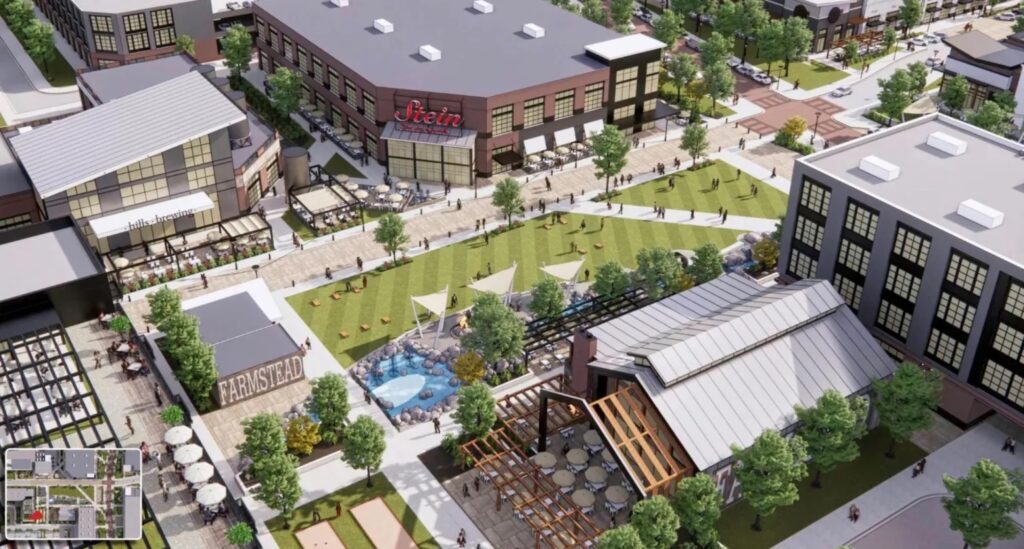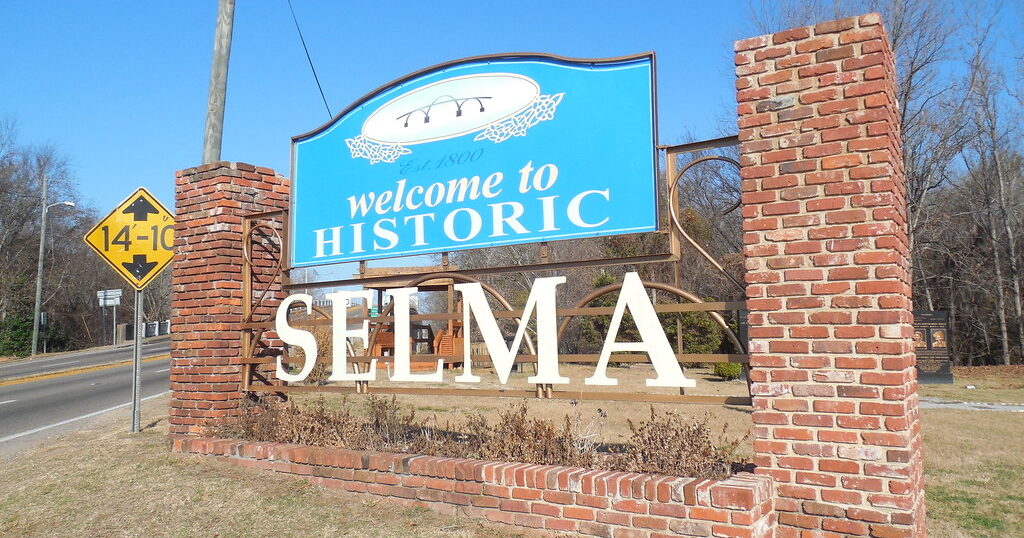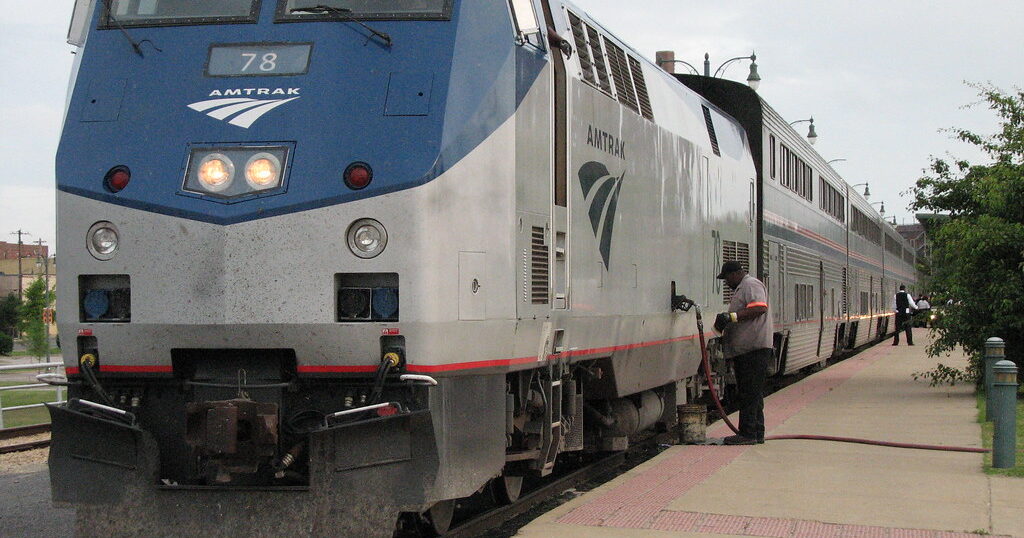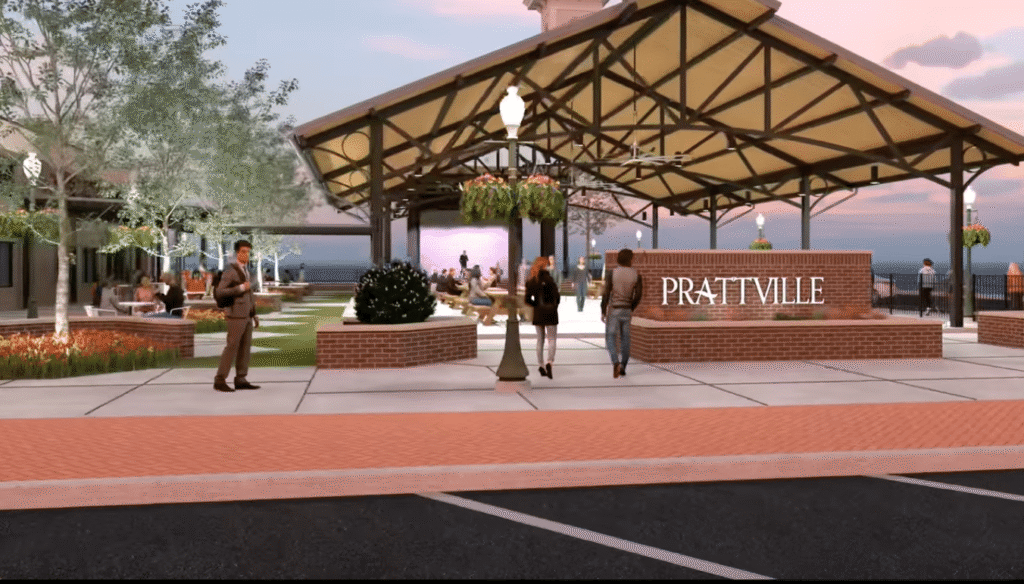Celebrate Alabama’s 202nd birthday with these fun facts
Reading time: 6 minutes

Happy Birthday, Alabama! On December 14th, 1819, Alabama was officially admitted as the 22nd state in the Union. In honor of our state’s 202nd birthday, we pulled together 7 fun facts about Alabama, including its biodiversity! Keep reading to learn more.
1. Alabama’s first state capital is now a ghost town

- Old Cahawba Archaeological Park: 9518 Cahaba Rd, Orrville, AL 36767
Did you know that the first permanent state capital of Alabama is now a ghost town? Located at the convergence of the Cahaba and Alabama Rivers, Cahaba (sometimes spelled Cahawba) was selected to be the state’s permanent capital—and for a short time, it was! However, due to seasonal flooding and the mosquitos that came with it, the State Legislature decided to relocate the capital, first to Tuscaloosa and eventually to its current location in Montgomery.
- Alabama State Capital
- Cahaba (1820 to 1825)
- Tuscaloosa (1826 to 1846)
- Montgomery (1847 to present)
Although Cahaba had lost its position as the state capital, the town continued to thrive for several decades due to the cotton trade. However, in the decade following the Civil War, the population of Cahaba dwindled down to almost nothing—by 1903, most of the town’s buildings had fallen down or been demolished.

Nowadays, Cahaba is maintained by the Alabama Historical Commission as the Old Cahawba Archeological Park! Visitors can see the abandoned streets, buildings, cemeteries and more of our state’s first capital. Of particular interest is St. Luke’s Episcopal Church, a Carpenter Gothic-style church that has been moved not once—but twice! Built in 1854, the church was disassembled, moved 11 miles away and reassembled in Martin’s Station in 1878. Then, from 2006-2008, students from Auburn University’s Rural Project moved the building back to Cahaba!
2. The First Mardis Gras in the United States was held in Mobile

New Orleans may be the most popular city to celebrate Mardi Gras, but the yearly festival got its American start in Mobile! The French celebration, which means “Fat Tuesday” and dates back to the Middle Ages, was first celebrated in North America at the port city of Mobile. Although the exact date is up for debate—some say 1699, some say 1703—historians agree that French settlers held the first Mardi Gras celebration in Mobile.
3. Alabama was home to the world’s first electric trolley system

In an era when most people traveled by foot, horse or horse-drawn buggy, the City of Montgomery made history in 1886 with their 15-mile, all-electric streetcar system. Dubbed the Capital City Street Railway (but colloquially known as the Lightning Route), the streetcar system transported proud citizens of Montgomery all around the city center. In fact, due to the ease of transport, Montgomery became one of the first cities to develop “streetcar suburbs”.
After exactly 50 years of service, the Lightning Route was retired in favor of public buses in 1936. In 2018, one of the historic trolleys from the Lightning Route was moved to a public display near Commerce Street & the Montgomery Riverwalk!
4. Alabama is the only state with all the ingredients needed to make steel

In a handful of decades around the turn of the 20th century, a small farming town in Alabama’s Jones Valley transformed into an industrial behemoth of a city, largely due to the rare combination of minerals below the surface. The city? Birmingham. The minerals? Coal, limestone and iron ore—the three ingredients needed to produce steel.
As one of the few places in the world where those three ingredients can be found in close proximity to each other, Birmingham quickly grew into Alabama’s largest and most prosperous city, fueled by the steel industry.
5. Alabama is the most biodiverse state in the Union

Here’s a fun fact you might not know—Alabama ranks #1 in biodiversity among the states! Biodiversity—the variety of forms of life in a given environment—is incredibly important, showcasing the beauty and variety of life. In fact, Alabama ranks #1 in several categories of biodiversity:
- Freshwater Fishes — Alabama is home to 332 species of fish including the rare and endangered Vermillion Darter, which is only found in Turkey Creek (27% of all fish species in North America)
- Freshwater Mussels — 180 different kinds of mussels live in Alabama’s various waterways. (59% of all mussel species in North America)
- Freshwater Snails — 202 species of snails call Alabama home. (28% of all snail species in North America)
- Crayfish — 85 types of crayfish reside in Alabama. (22% of all crayfish species in North America)
- Turtles — 27 species of turtle live in Alabama. (57% of all turtle species in North America)
Click here to learn more about Alabama’s biodiversity!
6. Birmingham’s Vulcan statue is the largest cast iron statue in the world

Vulcan, the world’s largest cast-iron statue and the symbol of the City of Birmingham, has stood above The Magic City since 1939. Designed by Italian sculptor Giuseppe Moretti, Vulcan was cast to display Birmingham’s industrial prowess at the Louisiana Purchase Exposition, a World’s Fair held in St. Louis, Missouri in 1904.
After the World’s Fair, Vulcan eventually made his way back to Birmingham. For a number of years, Vulcan stood prominently at the Alabama State Fairgrounds—in fact, parents would often tell their children to “meet at Vulcan” if they happened to get separated at the Fair. In the late 1930s, Vulcan found a permanent home atop Red Mountain. Since then, Vulcan has stood as a watchful protector over The Magic City!
7. Birmingham’s Rickwood Field is the oldest professional baseball stadium in the nation

Here’s a fun fact: Birmingham’s Rickwood Field is the oldest professional baseball field in the United States! The historic field first opened on August 18, 1910—in fact, the entire city of Birmingham closed for business that day in order to see the park! Over the years, Rickwood Field has served as the homes for both the Birmingham Barons and the Birmingham Black Barons, and baseball stars such as Babe Ruth, Rogers Hornsby and “Shoeless” Joe Jackson were frequent players and visitors to the field.
Although Rickwood Field is no longer in regular use, the yearly Rickwood Classic is a fan-favorite. Plus, you may have recognized Rickwood Field in several popular baseball movies, including “Cobb” (1994), “Soul of the Game” (1995), and “42” (2012).
What is your favorite fun-fact about Alabama? Tag us @thebamabuzz to let us know!







